
One household in ten had an outside flushing toilet and many had no toilet at all. Things have changed since then with nearly every home including an indoor toilet.
The head of the household was always a man because it was assumed he earned the most money. The other person, the housewife, answered separate questions. The terminology for the person who earned the most changed in 2000 to household reference person, regardless of gender. The term housewife which was defined as 'the person in the household responsible for most of the domestic duties' disappeared from the survey entirely from 1981.
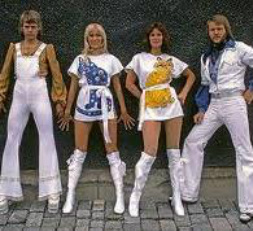
Surveys about different ethnic origin used the term colored. Britain was still a very white country in the seventies. Only one out of a hundred sample surveys were marked colored, the term last used in 1986. The 2011 Census found that seven out of a hundred were Asian/Asian British, three percent were Black/African/Caribbean/Black British and two out of a hundred were from mixed/ multiple ethnic groups.
The issue of women smoking while pregnant was not included. Now considered important to the unborn child's health, eight percent of surveyed pregnant woman were smokers.
The occurrence of couples living together has changed drastically. The cohabiting option was first introduced into the main household information section in 1986. Between 1979 and 2011 the percentage of women who were cohabiting tripled, from 1 percent in 1979 to 34 percent in 2011.
Less than half the households possessed a telephone in 1972. Now, nearly all households include a landline or mobile. In 2000, 58 percent had a mobile. Now, 86 percent do.
Back in the seventies, 34 percent of people did not own a washing machine, either using laundrettes or hand washing. Today, just 4 percent do not have their own washing machine.
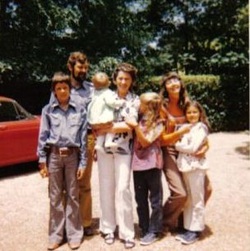
Where did you reside in the early seventies?



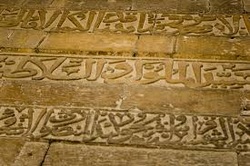
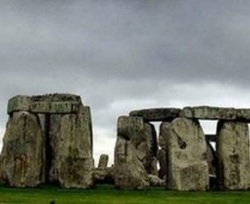
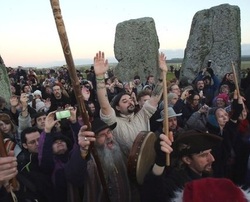

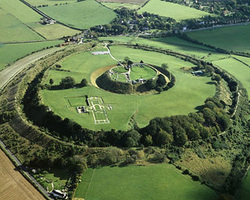



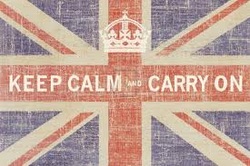
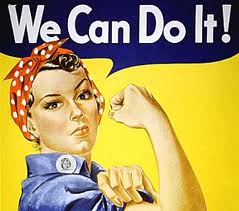
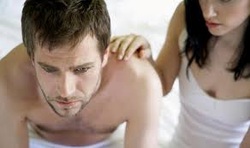
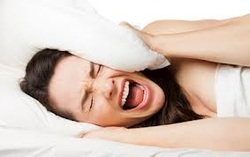


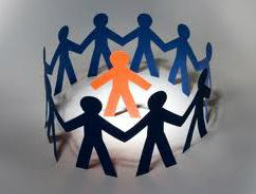
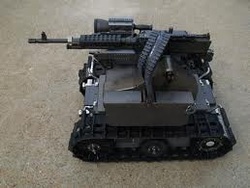


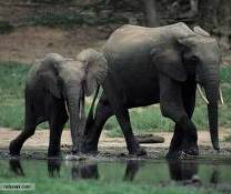



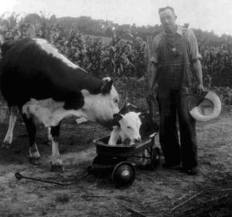


 RSS Feed
RSS Feed






